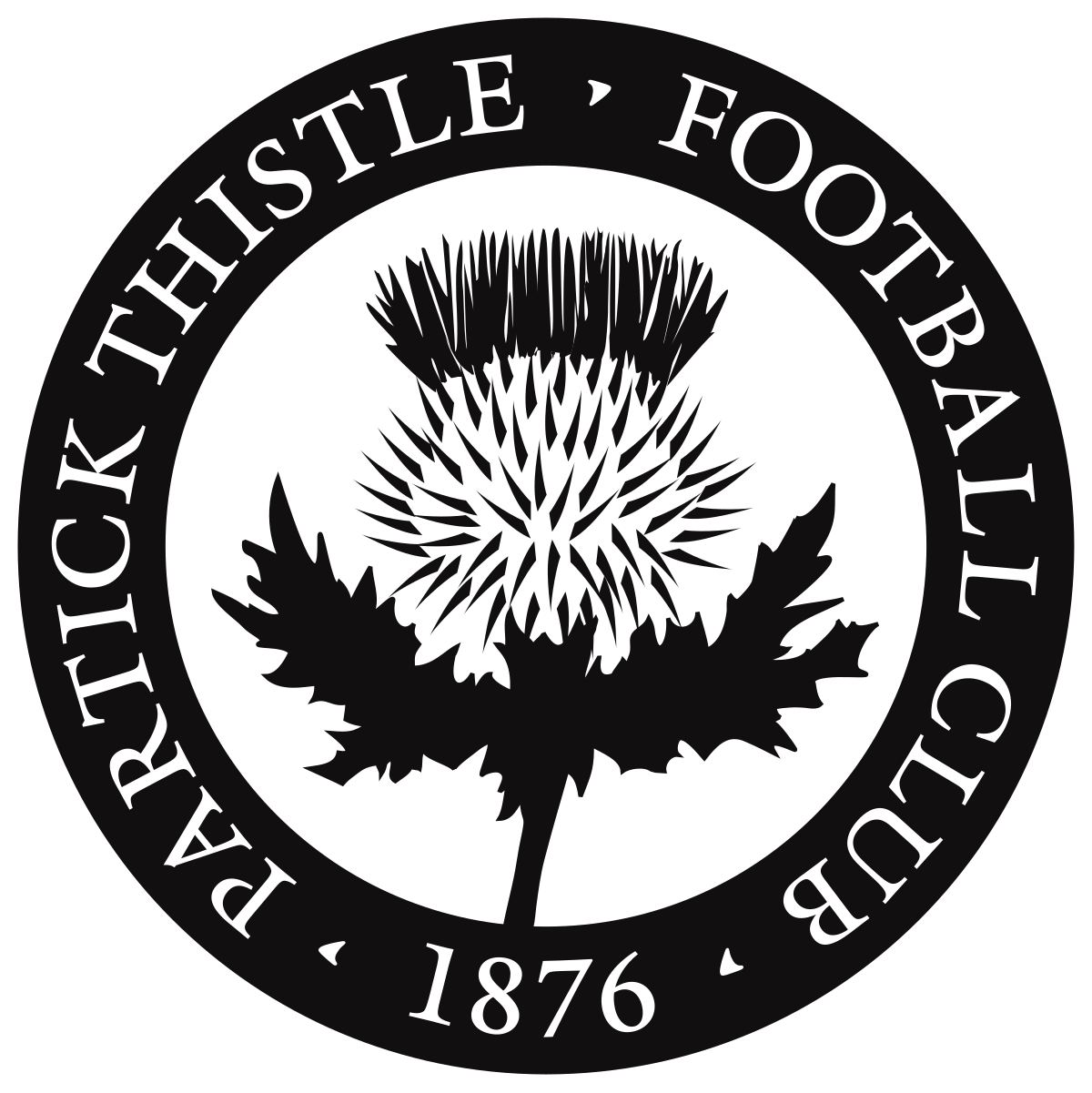Introduction to Partick Thistle
Partick Thistle Football Club, based in Glasgow, Scotland, has a rich history and a fervent fan base. Founded in 1876, the club has become an integral part of Scottish football. The team competes in the Scottish Championship and is known for its iconic yellow and red striped jerseys. The importance of Partick Thistle extends beyond sports; the club has been a cornerstone of community spirit and local identity for over a century.
Recent Developments
In recent months, Partick Thistle has seen a significant transformation both on and off the pitch. At the beginning of the 2023/24 Scottish Championship season, the club focused on strengthening its squad. Notable signings include players who have previously excelled in the lower leagues of Scottish football, aiming to enhance the team’s competitiveness and overall performance. The management has emphasized a return to the top flight, and the club has made a promising start to the season, currently challenging for promotion.
Community Engagement
Partick Thistle is not just about football; it invests heavily in community initiatives. The club runs various outreach programs including workshops and youth camps, aimed at nurturing young talent from the local area. The Thistle Weir Youth Academy has been instrumental in this effort, providing training facilities and opportunities for aspiring young footballers. Furthermore, the club’s community feel is evident in its diverse fanbase, which actively participates in game days and events.
Challenges Ahead
Despite optimistic beginnings this season, Partick Thistle faces challenges as well. Finance remains a pressing issue for many clubs in Scotland, and Thistle is no exception. Ensuring a stable revenue stream through ticket sales, merchandise, and sponsorship deals will be crucial for maintaining progress. The club’s leadership has acknowledged these challenges and has expressed a commitment to implementing sustainable financial practices.
Conclusion
Partick Thistle is more than just a football club; it is a community institution that has shaped the lives of many players and fans alike. As the club continues on its journey in the Scottish Championship, the focus remains on building a successful team while nurturing its cultural and community heritage. Fans are hopeful that the ongoing efforts to enhance the club’s performance will bear fruit, leading Partick Thistle back to the Scottish Premiership and solidifying its longstanding legacy in Scottish football.


